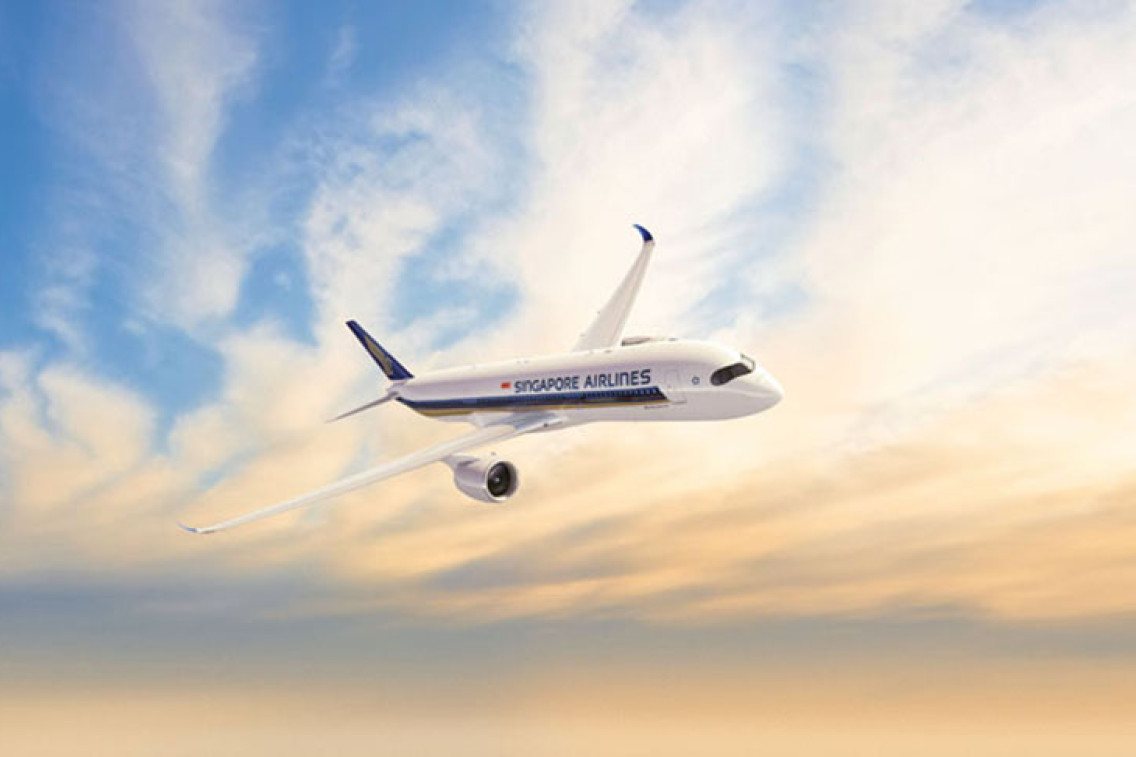
The regional airport recorded the fastest growth in international passenger numbers on the Australian market in the 12 months leading up to August 2024 and are expected to top 760,000 this financial year – the best in 20 years.
It comes as a new report shows new international flight routes are set to supercharge Australia’s hotel sector – including the Far North – potentially creating demand for up to 1.9 million room nights annually, according to a new CBRE analysis.
CBRE’s ‘From Runway to Room Nights’ report highlights that 56 new routes have added 10,500 annual flights into key Australian cities, marking a significant shift in the country’s inbound travel capacity.
CBRE’s head of hotels research Ally Gibson said this air connectivity would help drive a new phase of recovery for Australia’s hotel sector and have direct implications for hotel performance.
“Increased capacity from core markets including China, India, Southeast Asia, North America and the Middle East is expected to drive a continued recovery in international arrivals, reinforcing aviation’s role as a critical lever for tourism and hotel sector growth,” she said.
“As these new services mature and inbound visitation continues to recover, the uplift in demand is expected to increase occupancy and RevPAR levels across key markets as Australia’s hotel development pipeline enters a sustained period of limited supply, driven by escalating construction costs and productivity constraints.”
CBRE hotels and valuations regional director Troy Craig said supply constrained markets such as Brisbane, Perth and Cairns were “particularly well positioned to benefit, with new flight routes translating directly into performance upside”.
He said Cairns was in one of the best situations, benefitting from a variety of new services.
He said Cairns was expected to continue its evolution into a year-round premium leisure market, with seven new flight routes set to deliver around 120,000 new short-term arrivals, generating an expected 104,000 room nights.
The report said Cairns was supported by ecotourism and a growing meetings, incentives, conferences and exhibitions (MICE) sector.
“Seven new flights are being supported by the city’s recent $55 million airport redevelopment,” it said.
“With a thin supply pipeline and increased market diversification, Cairns is well placed to translate growing demand into performance gains.
“Cairns has the potential to record a four per cent gain in occupancy to 81 per cent with the new flights, reflecting demand diversity and limited supply.”
Cairns Airport chief executive officer Richard Barker said Cairns recorded the fastest growth in international passenger numbers on the Australian market in the 12 months leading up to August 2024.
“Our international passenger numbers are expected to reach 760,000 this financial year – a number not seen for almost 20 years,” he said.
“A single international visitor spends an average $1806 in Tropical North Queensland. It is clear that strong, consistent international connectivity provides significant flow-on benefits for local industries and our regional economy, and it is fantastic to see this positive effect detailed in the recent CBRE report.
“Cairns Airport defines our purpose as ‘Sustainably grow our aviation-related business to support the growth of our community’. Our vision is to connect the world with Australia, servicing passengers while supporting economic growth as a thriving northern hub.
“As part of this long-term strategy, we continue to invest in purpose-built infrastructure that will support our airport partners, local stakeholders and the community as our region grows. This includes the $55m upgrade of the international terminal and the $60m eastern aviation precinct development.
“Later this month, Cairns will also become the first ever non-capital city to host the CAPA Airline Leader Summit Australia Pacific. This event is recognised globally as a pivotal and influential force and it will offer significant opportunities for our region.”
Tourism Tropical North Queensland chief executive officer Mark Olsen said Cairns was the leading region in Australia for growth of international direct services and the only non-capital city in the CBRE review. “With close to 40 international flights a week, Cairns is the international gateway for northern Australia,” he said. “In 2024-25 the region averaged 68 per cent occupancy, peaking in August (83 per cent) with February the region’s lowest month for accommodation occupancy (51 per cent). The typical trigger point for additional accommodation development is above 70 per cent occupancy, as such the region is on the cusp of the demand for new rooms.
“In the past two years the region has seen international visitor nights grow from 3.2 million to 5.1 million nights in 2025, a 56 per cent increase, delivering a near record annual visitor spend internationally of $1.1 billion.”


